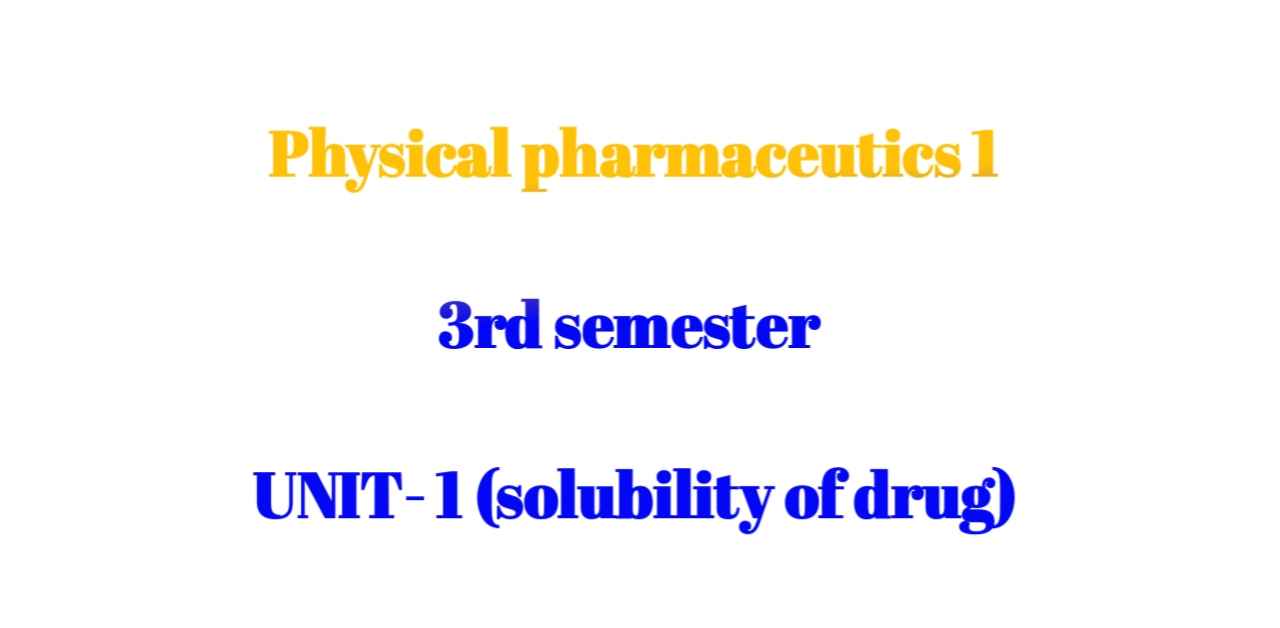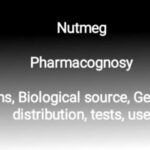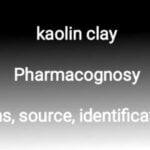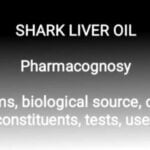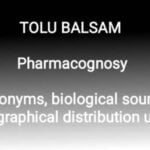Solubility of drugs in physical pharmaceutics notes : Unit 1 Hello friends welcome here, In this article we are going to cover physical pharmaceutics unit – 1. So, the topics we are going discuss are-Solubility of drugs, Solubility of drugs definition, Factors influencing solubility of drugs, Solute – solvent interaction mechanism
Solubility of drugs

Solubility of drugs notes
UNIT 1
Move on to our first chapter first we need to know about solution.
Solution is a mixture of two or more components which forms homogenous mixture. Components may be solute and/or solvent or both solute solute, solvent solvents.
For ex: if we take sugar as solute and water as solvent we mix them together it form a solution which is clear.
solubility of drugs definition
The solubility topic mainly asks in exam for 7 marks.
The maximum amount of solute that can be dissolved in a fixed volume of solvent at constant temperature is defined as the Solubility. In other words we can say it is the ability of two or moresubstances (solute and solvent) to form homogenous mixture.
SOLUTE: It is the component which is dissolved in the solvent,present in less amount in the solution
SOLVENT: It is the component in which solute is dissolved, present in more amount than solute in the solution.
saturated solutuon: solution that has maximum amount of solute dissolved by solvent at a particular definite temperature.
Unsaturated solution : solution which contains less solute as compared to saturated solution that completely dissolves at definite temperature.
Supersaturated solution : solutions that contains more solute than and capable of dissolving at a particular temperature is called super saturated solution.
Give any four ways to express solubility of drugs
MOLARITY-(M) M=No of moles of solute/Volume of solution (In Litre)
MOLALITY-(M) It is defined as no of moles of solute dissolved in per kg of Solvent. Itis denoted by small ‘m’
m=No of moles of solute /Volume of Solvent (in kg)
NORMALITY-(N) It is defined as no of gram equivalent of solute dissolved/ present per litre of solution. It is denoted by ‘N’
N =No. of Gram Equivalent solute /Vol. of Solution
PERCENTAGE CONCENTRATION
Percentage by weight: Gram of solute in 100gm of solution
% W/W =Mass of Solute/Mass ofSolutionX 100
Percentage by volume: ml of solute in 100ml of solution.
% V/v=Volume of Solute/Volume of SolutionX 100
Percentage weight in Vol. g of solute in 100 ml of soln.
% w/v = Mass of Solute/Volume of SolutionX 100
PARTS PER MILLION
It is used to express the concentration of very dilute solutions is represented by (ppm).
MOLE FRACTION
Mole Fraction is defined as number of moles of a component (either solute or solvent) divided by total number of moles in solution.
Solute – solvent interaction mechanism
Below given is the answer for this which asked in exams for 7 to 10 Marks.
Solute Solvent interaction is a process which results in the stabilization of solute species in the solvent molecules. This interaction influences various properties of solute like reactivity Colour, stability physical properties of solvents like density viscosity.
The interaction depends on various factors like altractive & repulsive forces, ion- dipole interaction, 4 bonding, Wander- forces of attraction.
CONDITION FOR SOLUBILITY
If A is the solvent & B is the solute then there are mainly 3 types of interaction involved in solute- solvent interaction:
- A-A Interaction. Where both interacts with each other only.
- A-B Interaction. Where two different components interact.
- B-B Interaction. Where interaction is in between them.
MECHANISM
The mechanism of solute solvent interaction involved 3 steps:
1. Detachment of Solute from Bulk form: In this step from solute bulk one mole get detach and further used in solute solvent interaction.
2.Formation of Vacant site in Solvent: in this step from solvent one molecule of solvent gets free and creates vacant site.
3. Insertion of Solute molecules in the vacant site of Solvent.: in this last step solvent with vacant site and free solute molecules gets solvent with embedded solute molecules.
solvation
Solvation is a process of interaction of solute solvent for stabilization of solute in solution.In the solvation process ions of solute gets surrounded by solvent molecules that leads to the formation of Solvation Complex.
Solvation involves bond formation, hydrogen bonding, van Der waals forces, etc
Example: Solvation of Nacl molecules by water molecules
ASSOCIATION
Association meaning to join or addition. When the same molecules of one of the components in a solution interact then this phenomenon is termed as association.
Example: Interlinking of water molecules by hydrogen bonding.
Factors influencing solubility of drugs
There are many factors that affects the solubility of drugs as described as follows:
- Temperature
- Nature of Solvents
- Pressure
- PH
- Crystalline Structure
- Particle Size
- Common Ion Effect
- Molecular Structure
- Solubilizing Agents/ Surfactants
- TEMPERATURE
With the increase in temperature the process of solution absorbs the energy and thus the solubility will get increase.
But if the process of solution release the energy with the increase in temperature it will decrease solubility.
- NATURE OF SOLVENT
Solubility follows the principle of Like dissolves Like’ Polar Solute dissolves in Polar Solvents. Non- Polar Solute dissolves in Non- Polar Solvents.
- PRESSURE
In case of solids e liquid solotes, there is no effect of pressure on solubility.
The decrease in pressure there is decrease in solubility.
- PH
pH is one of the major factor influences the solubility of drugs that contain ionizable groups Solubility of ionic compounds depends upon degree of ionization
In the case of strong Acidic & strong basic compound, pH doesn’t plays a major sole as they are ionizable neatly at all pH. But, In the case of weak Acid Solubility increases with increase in pH (Basic pH).
In case of Weak Base Solubility decreases with increase in pH. Solubility increases with In the case of Weak Base Solubility decreases increases with decrease in pH (Acidic pH).
- CRYSTALLINE STRUCTURE
Solid drug generally exist in two crystalline form as follows Crystalline Form and Amorphous Form
Amorphous drugs dissolves fastly as compared to crystal drugs.
- PARTICLE SIZE
Particle size plays a major role in the solubility of drugs.
Particle Size + Surface Area ↑ Solubility t
Decrease in partide size leads to increase in solubility of drugs.
- COMMON ION EFFECT
Common Ion Effect is defined as suppression in degree of dissociation of weak electrolyte in the presence of a strong electrolyte both having a common ion. Common Ion effect decreases the solubility of weak electrolytes.
For Example Addition of Sodium Acetale (CHsCOONG) in the solution of Acetic Acid (CH3COOH) supress the dissociation of acetic acid.
- MOLECULAR STRUCTURE
Molecular size affects the solubility at major extent. The larger the molecule or higher its molecular weight, lesser the solubility of substance. Large molecules are more difficult to surround by solvent molecules in order to solvate the substance.
- SOLUBILIZING AGENTS/ SARFECTANTS
Solubilization is the process of increase in solubility of poorly water soluble substances and the agents used in the process of solubilization is known as Solubilizing Agents or Surfactants or Surface Active Agents.
Surfactant Molecules contains a Head Hydrophilic A + a Tail HydrophobicThe mechanism of solubilization involves entrapment (dissolvation) of solute molecules in Mirelles and tendency of surfactant to form this Micelle at Critical Micelle Concentration’.
For ssuch more notes Follow link
Conclusion
So friends this was all about solubility of drugs chapter if you find we miss important topics that you need tell us in comment. We will cover it. Thank you.
